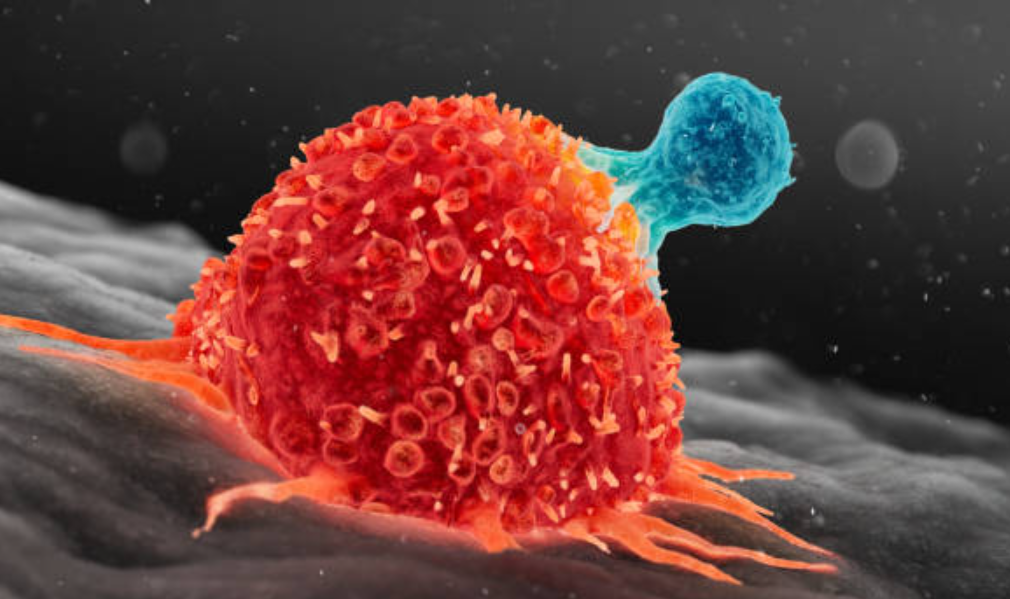Groundbreaking advancements in cancer treatment have emerged as scientists unveil a revolutionary method to dismantle cancer cells.
This groundbreaking discovery involves the activation of aminocyanine molecules through near-infrared light, causing synchronized vibrations that rupture cancer cell membranes.
Aminocyanine molecules, recognized for their application in bioimaging as synthetic dyes, have long been utilized to detect cancer at low doses. These stable molecules exhibit a remarkable affinity for attaching themselves to cell exteriors.
Researchers from Rice University, Texas A&M University, and the University of Texas spearheaded this transformative approach, marking a substantial leap from previous cancer-killing molecular machines like Feringa-type motors.
Describing these novel molecular machines as molecular jackhammers, chemist James Tour from Rice University notes their unprecedented speed and responsiveness to near-infrared light compared to their predecessors.
The significance of near-infrared light lies in its ability to penetrate deeper into the body, potentially offering non-surgical treatment options for cancers within bones and organs.
Laboratory tests demonstrated an impressive 99 percent success rate in obliterating cultured cancer cells using the molecular jackhammer technique.
Mechanical Rupturing of Cancer Cell Membranes

Additionally, trials on mice with melanoma tumors resulted in half of the subjects becoming cancer-free.
The structural properties of aminocyanine molecules, synchronized with near-infrared light, induce plasmons, collective vibrational forces that propel movement throughout the molecules.
Chemist Ciceron Ayala-Orozco highlights the groundbreaking utilization of molecular plasmons to trigger mechanical actions, specifically in rupturing cancer cell membranes.
These plasmons, equipped with an arm-like structure, link with cancer cell membranes while their vibrating movements effectively rupture them. This promising breakthrough presents a biomechanical strategy that could pose a challenge for cancer cells to develop defensive mechanisms against. (https://austinpartybus.com/)
The researchers, buoyed by these initial successes, are actively exploring alternative molecules to further harness this pioneering technique in cancer treatment.
Ayala-Orozco emphasizes the significance of this study in leveraging molecular-scale mechanical forces for innovative cancer therapies, heralding a new frontier in cancer treatment paradigms.


Comments are closed.